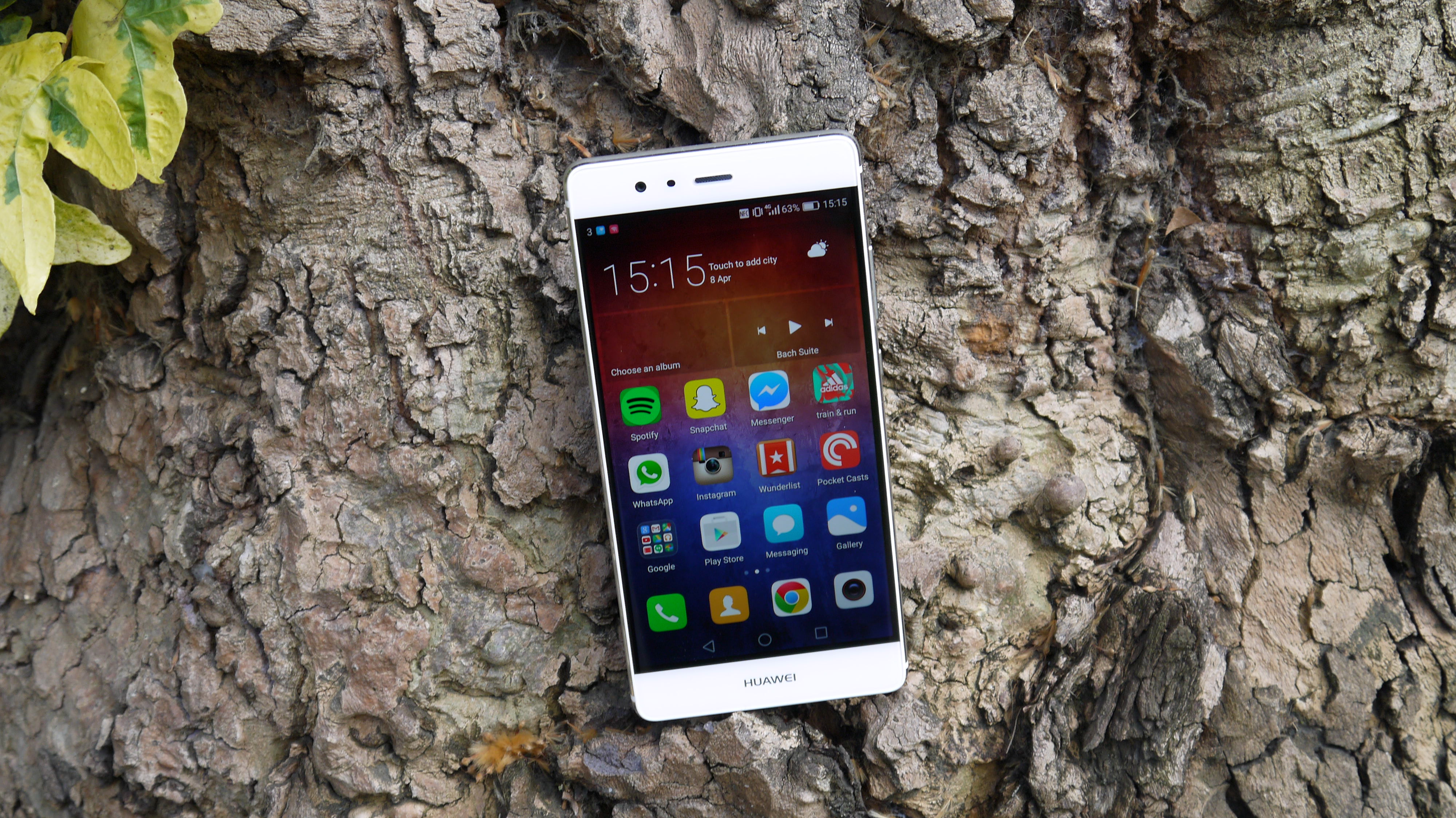Why you can trust TechRadar
Camera
- Dual lens shooter made in collaboration with Leica
- Two 12MP sensors work together to give you a better image
- One is a monochrome sensor, which will shoot higher detail
The camera technology is the big selling point for the Huawei P9. The Chinese company is focusing on the dual-sensor set up as the focus of the phone, but is it really good enough to make you buy this handset?
It's not the best camera phone out there right now, but it's still great.
Huawei has partnered with famous German camera company Leica to work on its smartphone photography and this is the first handset to come directly from that partnership.
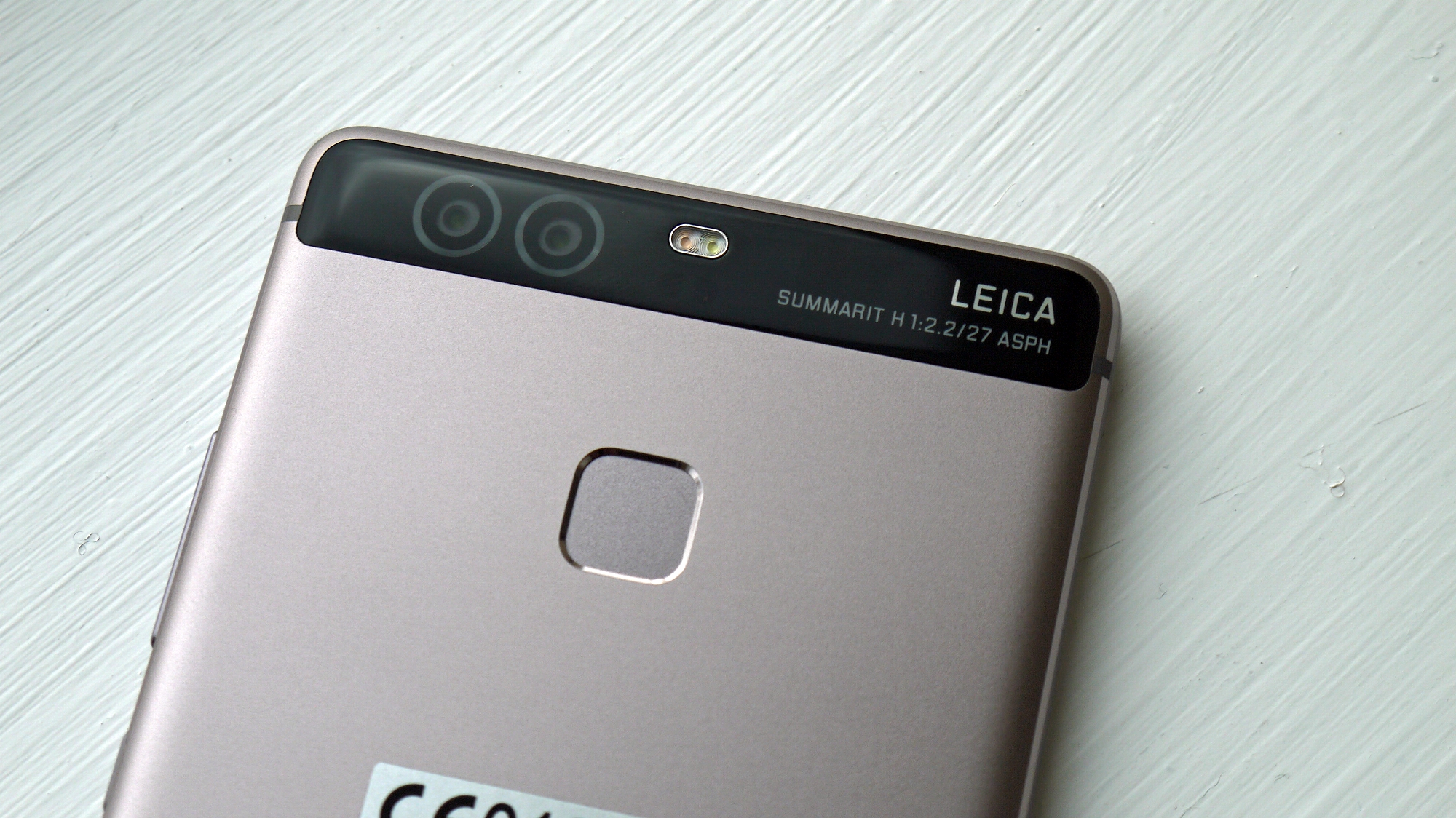
The long and short of it is that it was worth Huawei making this partnership. It works wonders compared to the camera technology found on other Huawei phones.
On the back of the handset are two 12MP sensors that work together to create higher detailed images on the fly. Zooming into some of the shots I took I was surprised by the amount of details I could get from the camera.
The iPhone 7 Plus and LG G5 both have dual cameras on their rears as well, but the implementation is different in all three handsets.
In the P9 you get one 12MP RGB sensor to pick up the color of images, while the second sensor is also 12MP but monochrome (black and white) to get the detail of the image in a better quality.
The camera will then use this to ensure the photos are even more detailed than you'd find on other Huawei handsets.
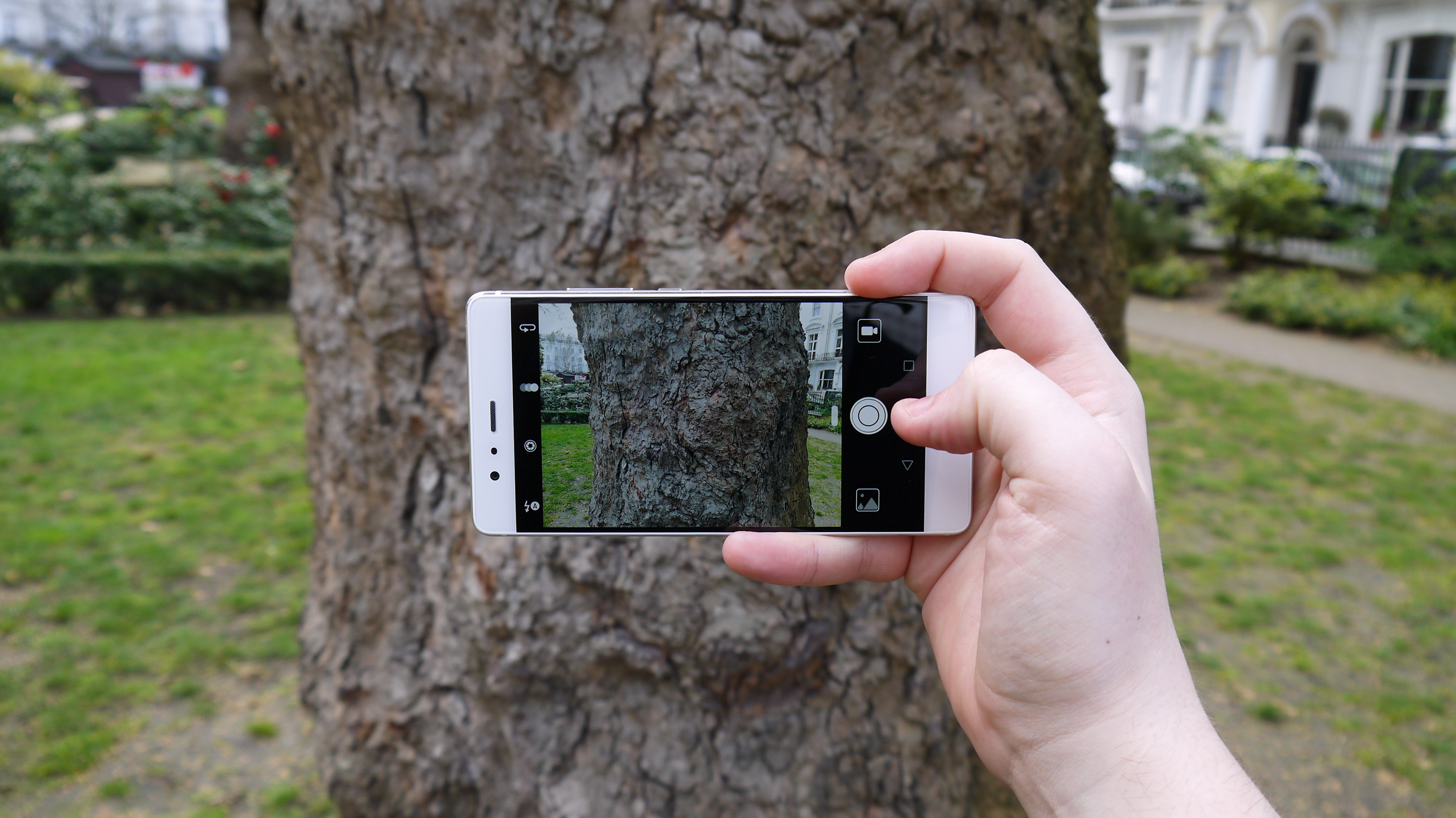
Take this picture of Big Ben for example, you can zoom in to the clock face at this distance and still make it out with phenomenal quality. The best part of this is it's all done through the auto mode as well.
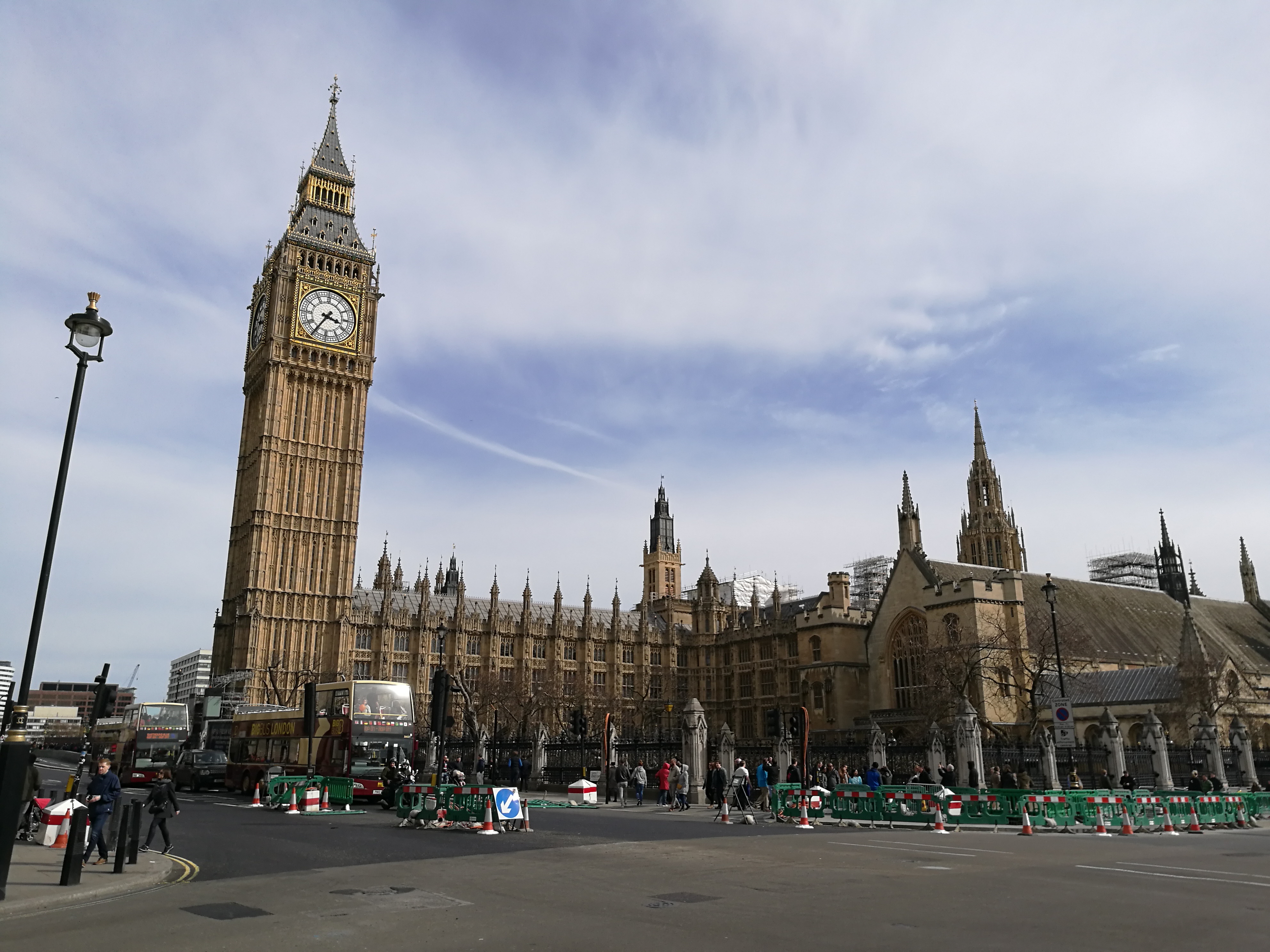
There are a variety of pro features on the Huawei P9, but most phone users won't be playing with those and just want the auto mode to be the best it possibly can, which it is here. You'll be getting the highest quality image from the camera possible by just pressing the button to take it.
You can take photos just using the monochrome sensor if that's your bag, but you need to use both sensors to take photos in color.
When just using the monochrome sensor I didn't notice a drop in the quality and it worked a lot better than taking a normal image and putting a black and white filter over it for social networking.
There are also larger pixels on this phone compared to the P8, which according to Huawei means the phone will have better low light shots.
Night shooting with the P9 is better than I found on the P8, but I still wasn't that impressed with night shooting overall. A lot of the image quality seemed to be lost in low light and I didn't manage to get any of the quality shots that Huawei claim you can at night.
My favourite mode on the Huawei P9 is the wide aperture effect. This is useful for when taking photos with items in the foreground.
It uses both the camera sensors to add depth allowing you to focus on either the foreground or the background of the image.
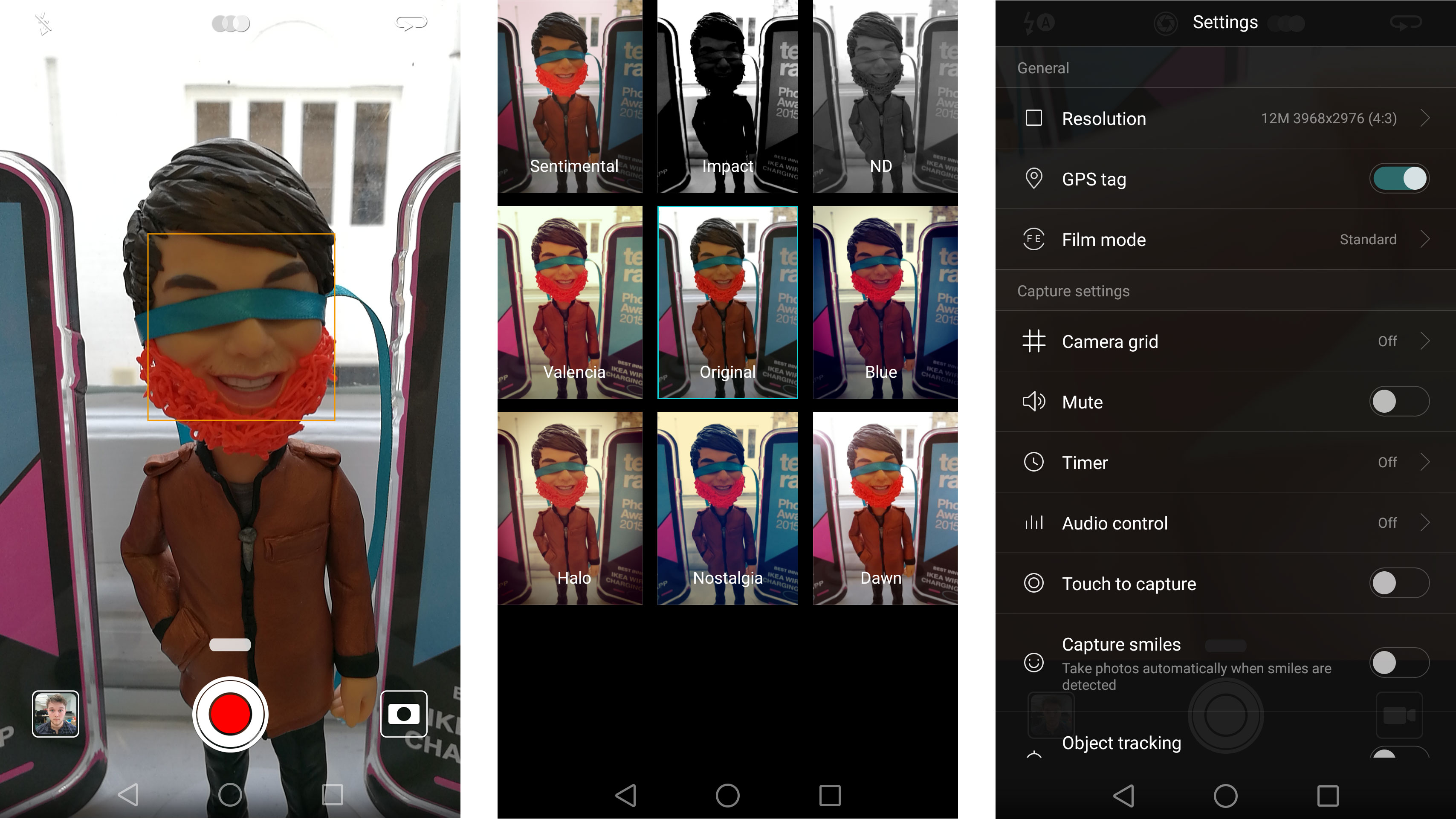
When I first began to use this feature it felt like the camera was just blurring the background, but you can edit these on the fly and after a while I began to get the hang of it. It means you can put the focus of the image onto the item in the foreground and you can come up with some very creative shots.
These are easy to create by just tapping on where you'd like to focus, how blurred you want the other areas to be and then taking the photo. The interface is simple and you can even edit the wide aperture effect at a later date, as long as you took the photo in that mode already.
On the front of the phone there's an 8MP selfie shooter camera. Other Chinese brands have put a big focus on the front-facing camera in recent months by upping the sensor to even 13MP, for example in the case of the Oppo F1.
8MP is more than enough for the front of a handset though and as long as the lighting was good I didn't struggle with getting a high-quality selfie.
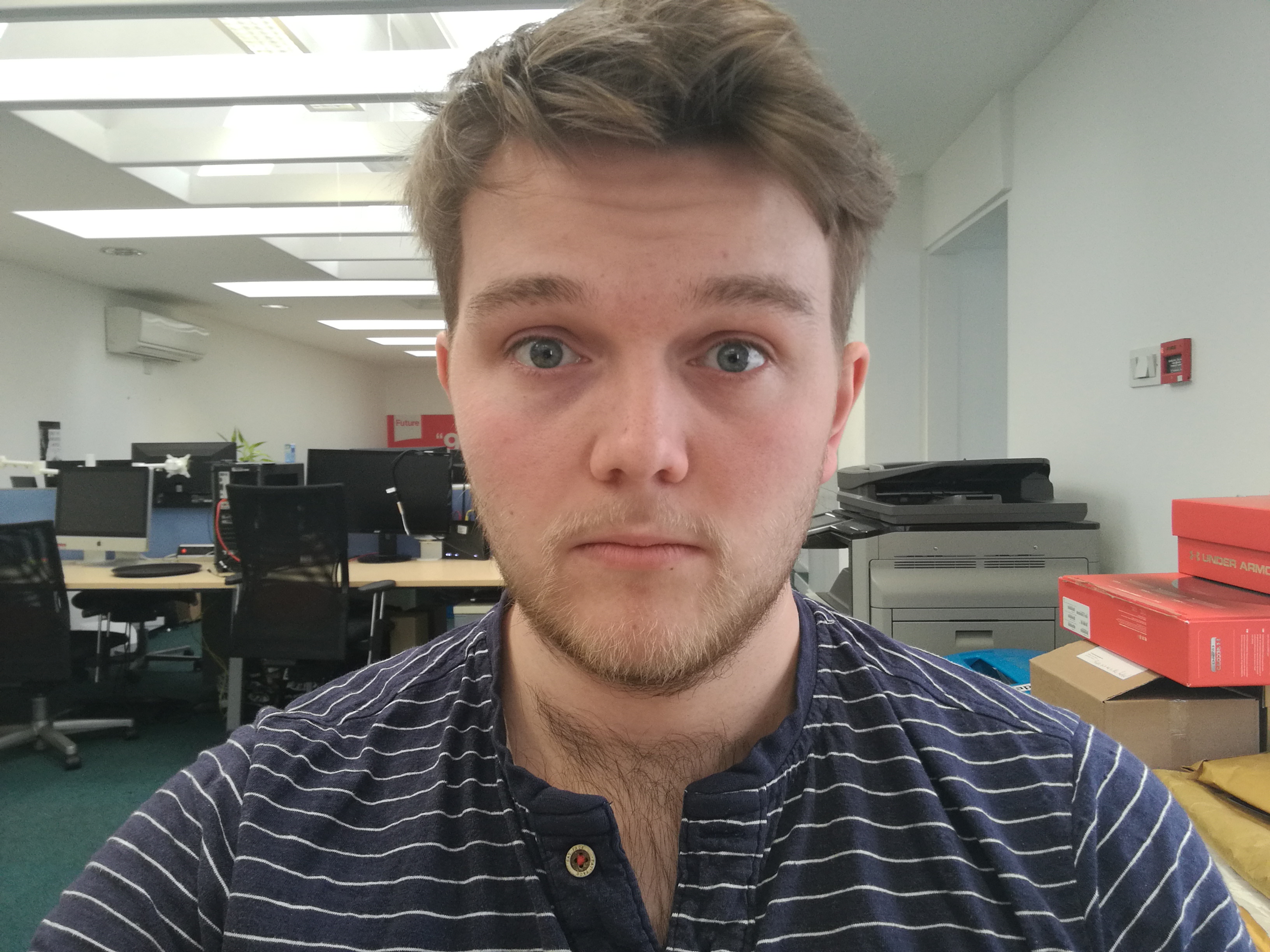
But then there's beauty mode. This comes on all Huawei phones and if you don't know about it already you're in for a treat. It smooths out your skin within selfie shots - the photo above is without it on and then below I've turned it up to 10.
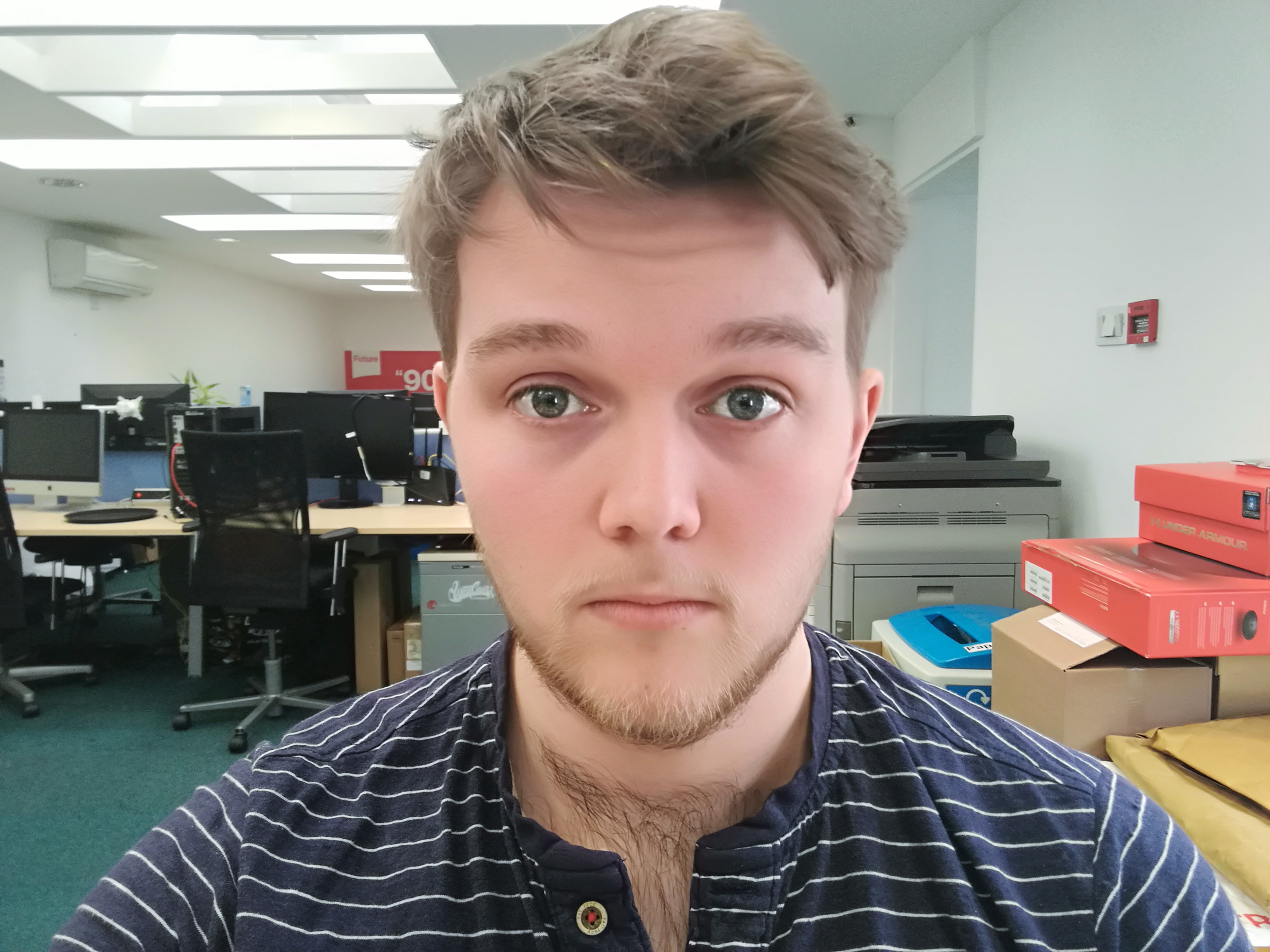
It makes your eyes bigger and smooths out the blemishes on your skin. I don't personally find it a useful feature, but you may do if you're more into selfies than myself.
Here this is enough for what you really want from a selfie camera. The truth is you use the selfie camera to take a photo for your Snapchat feed or to upload to Instagram. You don't need the professional elements on the front-facing shooter and the 8MP sensor brings out satisfactory detail for your narcissistic shots.
Comparing the Huawei P9 to some other phones on the market highlights how the camera features aren't as great as Huawei wants them to be. Huawei wants this to be the best camera phone you can own right now, but the truth is there's a lot of stiff competition out there.
For evidence of that check out our techradar smartphone camera test, where I put the P9 up against a number of other recent flagships in a shootout.
The shots taken on the Huawei P9 in this test were typically dull and dark compared to the likes of the iPhone 6S and HTC 10, with the phone particularly struggling in poorer lighting.
Compared to the Galaxy S7 and Galaxy S7 Edge in particular this is struggling to keep up – but that said, I still love what the Huawei P9 is capable of. It stands up well to the Sony Xperia Z5 for example and there are a lot of different modes to play around with on the phone and most are fun to use.
You can also go a lot further in depth with the pro mode to fiddle with the ISO and other features, but personally I just want to point and shoot my camera.
The Huawei P9 doesn't struggle with that even though it has a professional focus, as the auto mode is still good enough.
James is the Editor-in-Chief at Android Police. Previously, he was Senior Phones Editor for TechRadar, and he has covered smartphones and the mobile space for the best part of a decade bringing you news on all the big announcements from top manufacturers making mobile phones and other portable gadgets. James is often testing out and reviewing the latest and greatest mobile phones, smartwatches, tablets, virtual reality headsets, fitness trackers and more. He once fell over.
